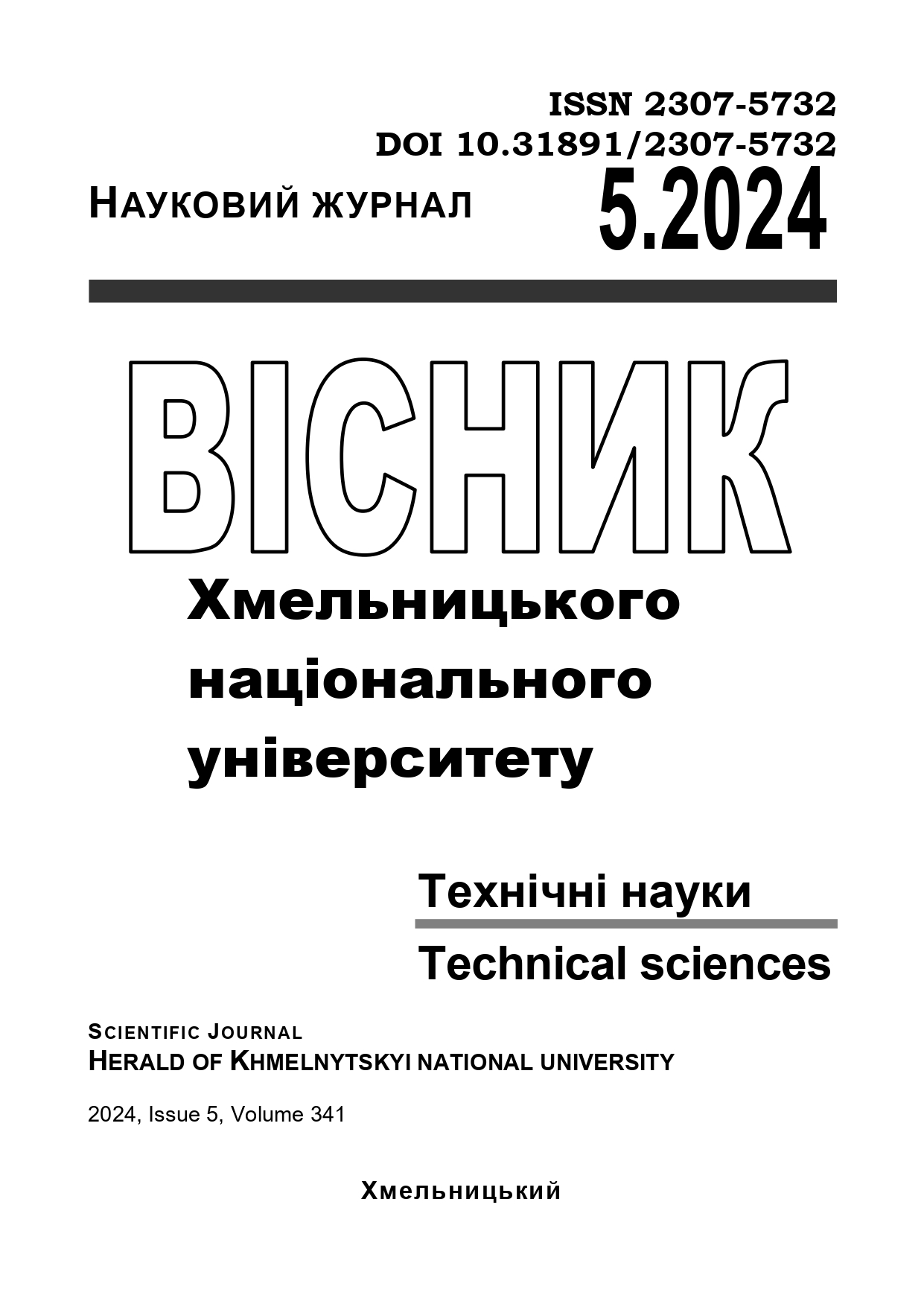GENERATION OF AN ALLOWABLE SET OF SCHEDULES FOR AUTOMATED DESIGN OF RATIONAL SCHEMES FOR THE DEVELOPMENT OF MATERIALS OF A RECTANGULAR FORM ON DETAILS OF HARDWARE PRODUCTS
DOI:
https://doi.org/10.31891/2307-5732-2024-341-5-15Keywords:
rational layout, haberdashery, algorithm, software product, dense placement, double gridAbstract
The work proposes a solution to one of the problems of designing a rational cut, namely, the generation of a set of admissible layouts. For this, a mathematical model and structural components of the problem of generating a set of admissible layouts were described. This made it possible to reduce the problem of generating a set of admissible layouts to the task of finding a set of double lattices of a rectangular shape, the parameters of which determine the layout of parts in the generated admissible layout.
The paper presents the algorithms for searching the parameters of these double rectangular arrays, namely the search algorithms:
- the displacement vector of the next part relative to the previous one in the layout row;
- displacement vector of the next row with identically oriented parts relative to the previous row;
- lattice displacement vector for parts rotated by 180 degrees relative to the lattice for parts in the basic position.
Algorithms were proposed for this:
- dense arrangement of, however, oriented parts in a row of the generated layout;
- dense arrangement of adjacent rows in the generated layout.
The proposed algorithms for determining the parameters of the double rectangular grid made it possible to develop a software product for generating a set of admissible layouts for haberdashery details, which, automated design of cutting schemes of rectangular materials for haberdashery parts, which became one of the main modules of the software product for designing rational schemes for cutting rectangular materials for haberdashery parts products
Implementation of the developed software product in production will allow:
-optimize cutting schemes, reducing the amount of waste. It is not only environmentally friendly, but also economically beneficial;
-effectively use materials during cutting, which helps reduce production costs;
- introduce the use of automated cutting complexes, which minimizes the impact of the human factor, improves accuracy and compliance with technological requirements;
- to reduce the amount of waste, which contributes to the preservation of the environment and is an important aspect of modern production.
All these are important factors of competitiveness in the market.

